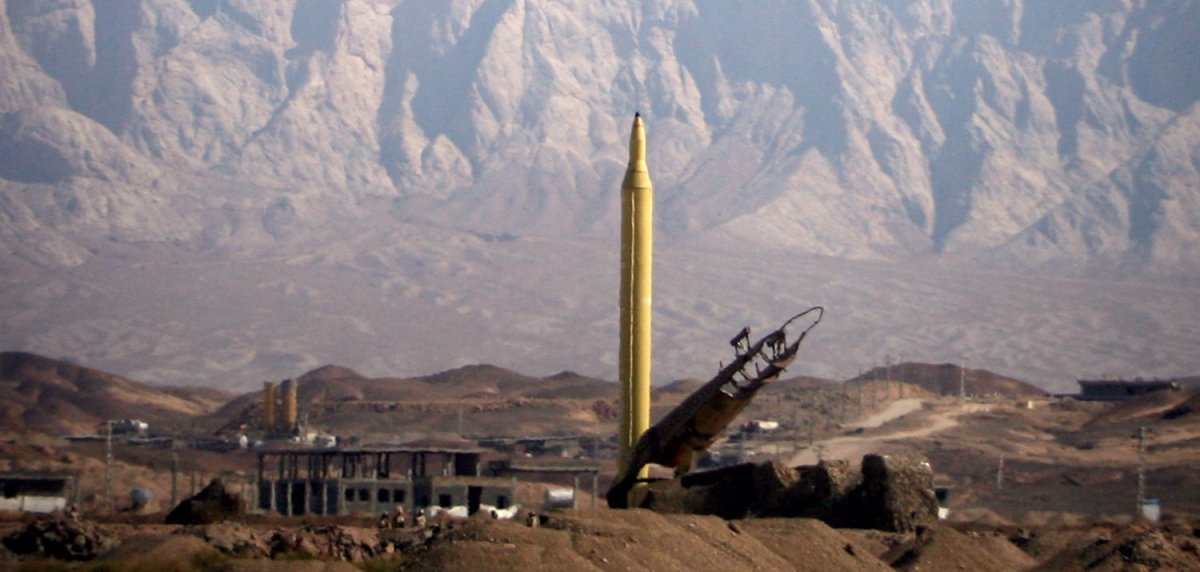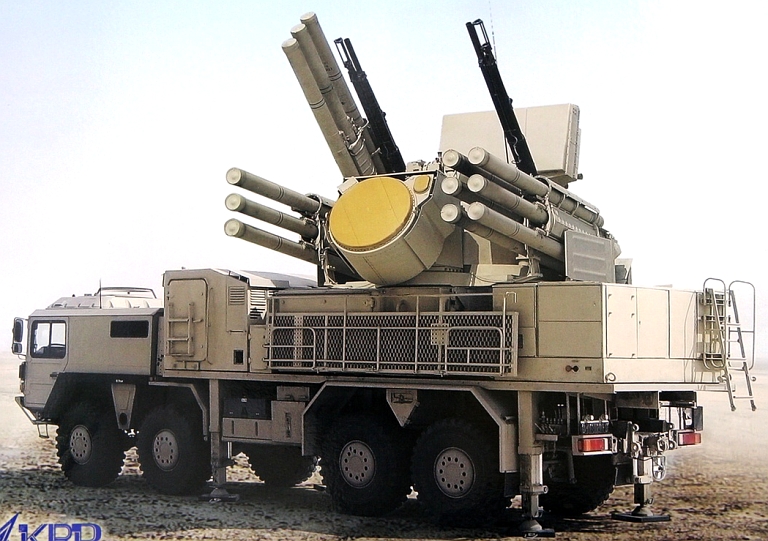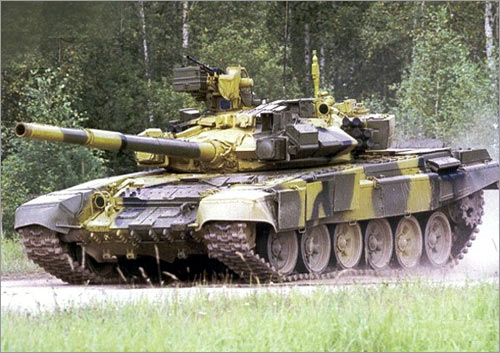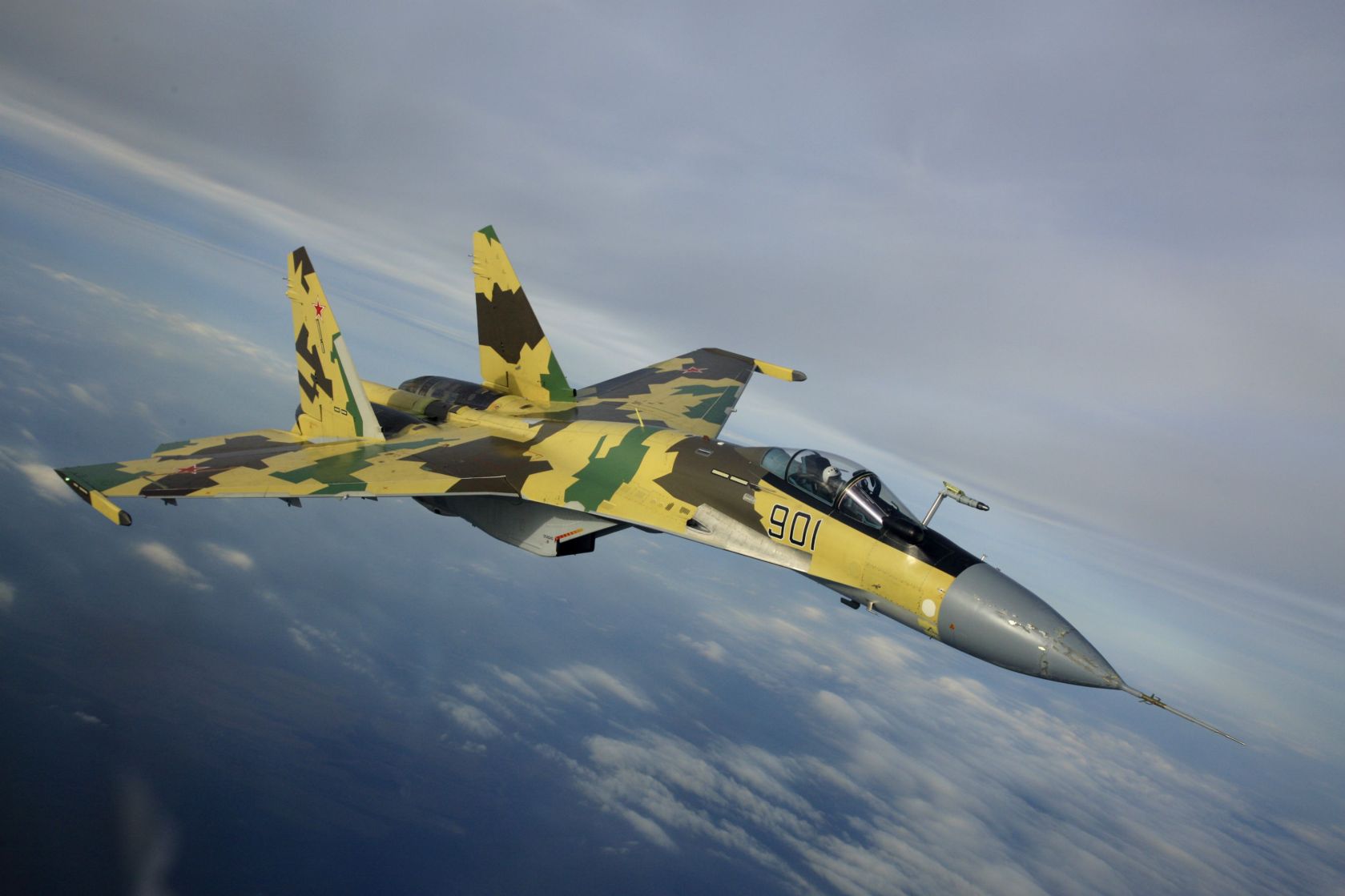
1. Israel and Iran engaged in a duel of messages on
Wednesday and Thursday (October 14-15), with Russia standing behind Iran. Israeli military and
intelligence sources were uncharacteristically forthcoming when they revealed
on Thursday, Oct. 15, that 3,000 Iranian Revolutionary Guards troops, pictured above, had
secretly landed in Syria. This was the largest Iranian ground force ever to set
foot in Syria.
Until now, Israel had kept
under close wraps any intelligence obtained about the movement of the Iranian
forces. However, in consideration of the large number of troops, the
continuation of the Russian and Iranian airlifts of forces to Syria, and the
possibility that the Iranian troops could be deployed on the Syrian side of the
Golan, Israeli leaders decided to go public in this latest development.
This is because of their
grave concern that Iran may take advantage of the IDF’s transfer of forces from
its northern borders to the domestic fronts for quelling the current outbreak
of Palestinian terrorist violence, to go for territorial gains on the Golan and
the Israel-Lebanon border.
The IDF released
information Wednesday night that it had sent drone and intelligence gathering
units from the Northern Command to the center of the country to deal with the
Palestinian terror.
The intelligence-gathering
units are relatively new, attached recently to field brigades and divisions for
supplying data gained by observation posts, forays behind enemy lines and
questioning captured prisoners. The transfer of these units to the center of
the country presents the IDF with difficulties on other fronts and may leave
the military with no option but to start calling up army reserves very soon, if
the wave of terror does not end.
Fearing the IDF may strike its forces in Syria, Tehran
sent Jerusalem a deterrent message: the revelation of its underground tunnel
networks for launching and storing ballistic missiles.
The missiles were shown loaded on dozens of giant trucks
with team standing ready for launching, to show Israel that all his ready for
immediate action, including war.
Revolutionary Guards chiefs were shown on Iran’s state TV inspecting the tunnels and the missiles and trampling contemptuously on US and Israeli flags.
Revolutionary Guards chiefs were shown on Iran’s state TV inspecting the tunnels and the missiles and trampling contemptuously on US and Israeli flags.

The previous day, Iran announced that its forces had
conducted a test of the new “Emad” long-range ballistic missile, pictured above, without specifying the weapon’s range or the date and
location of the launch.
In Washington, the Obama
administration’s response to these messages was low-key, describing the ballistic
missiles as a certain violation of the UN arms embargo against Iran.

In another military
development connected to the Golan, US defense sources revealed Wednesday night
that that Russia had airlifted to Syria Cuban army units, pictured above, to fight alongside the army of Syrian
President Bashar Assad. The sources said they were members of Cuban
armored corps units who would drive Syrian tanks, adding that the Cuban chief of staff, Gen.
Leopoldo Cintra Frias, arrived in Syria with the troops.
The arrival of the Cuban
forces broadens the Russian war effort. The fact that Cuban troops will man
Syrian tanks attacking rebel groups represents a dramatic achievement for
Russian President Vladimir Putin’s proxy war in Syria. They are not in the
Middle East for the first time. In 1974, the USSR flew two Cuban tank brigades to Syria and placed them
opposite IDF positions on Mt. Hermon and other parts of the Golan. From
February to May, the IDF traded heavy artillery fire with the Cubans,
accompanied by dogfights between Israeli and Syrian warplanes. This war,
conducted on the Syrian side by Russian officers, ended on May 31,1974 with the
signing of a separation of forces agreement between Israel and Syria.
In addition to
demonstrating Russia’s strategy of establishing an international military
coalition to support President Assad, the deployment of Cuban troops serves as a clear
hands-off signal to Israel.
2. Public Security Minister Gilead Erdan was instructed by Prime Minister
Binyamin Netanyahu to phone a “high-ranking US source” Thursday and demand that
President Obama and Secretary Kerry publicly retract the State Department’s
charge that Israel was using “excessive force” against Palestinian terror. This
demand is unprecedented and marks a crisis in Israeli-US relations.
State Department spokesman
John Kirby tried to backtrack on Secretary John Kerry’s earlier comment that
the current violence was due to “a massive increase in settlements,” but he
then added, “Ongoing settlement activity” is “imperiling the viability of
eventually getting to a two-state solution.”
Erdan commented that anyone in his right mind knows what US police officers would do if they had to deal with terrorists armed with knives and meat cleavers for murdering people in New York and Washington. Therefore it is up to President Obama and Secretary Kerry to disavow the State Department’s remarks as unfounded and distortions of fact and clarify Washington’s position.
Erdan told Army Radio that “the US State Department has traditionally been hostile to Israel.”
In another interview, Defense Minister Moshe Ya’alon accused Washington of "misreading" the Israeli-Palestinian conflict – long after the claim that it was the source of Middle East unrest was discredited. Shooting Palestinians who wield knives is clearly self-defense, he said. He added that he hears nothing but praise for Israel’s high military standards of conduct from the American and other generals he meets. So where did the charge of “excessive force” come from? Ya’alon asked.
Erdan commented that anyone in his right mind knows what US police officers would do if they had to deal with terrorists armed with knives and meat cleavers for murdering people in New York and Washington. Therefore it is up to President Obama and Secretary Kerry to disavow the State Department’s remarks as unfounded and distortions of fact and clarify Washington’s position.
Erdan told Army Radio that “the US State Department has traditionally been hostile to Israel.”
In another interview, Defense Minister Moshe Ya’alon accused Washington of "misreading" the Israeli-Palestinian conflict – long after the claim that it was the source of Middle East unrest was discredited. Shooting Palestinians who wield knives is clearly self-defense, he said. He added that he hears nothing but praise for Israel’s high military standards of conduct from the American and other generals he meets. So where did the charge of “excessive force” come from? Ya’alon asked.
3. Israeli Prime Minister Benjamin Netanyahu said
Thursday that he is ready to meet with Palestinian Authority chairman Abu Mazen
(Muhammad Abbas) in order to help bring the current wave of Palestinian terror
to an end, even though Abu Mazen is fanning tensions, lying and engaging in
incitement. The comments came at a news conference held at the Foreign Ministry
for members of the foreign media.

4. The leader of the Northern Branch of the Israeli
Islamic Movement Ra’ad Saleh, pictured above, found a Ministry of Interior restraining order at
the airport when he tried to travel to Istanbul Wednesday night. Saleh
stands accused of incitement to violence, by his vocal charges of Israeli
designs on Al Aqsa.
5. The IDF’s OC Central Command Thursday issued
demolition orders for the West Bank homes of seven Palestinian terrorists
guilty of murdering Danny Gonen, Malachi Rosenfeld, Eitam and Naama Henkin,
Aharon Benita and Nehamia Lavi. The orders issued two days ago were cleared
with the legal authorities and are to be executed in the next 48 hours by a
unit of the Engineering Corps.
6. Russia's defense ministry said Thursday that its
forces in Syria had set up a "hotline" with Israel's military to
avoid clashes in the sky over the war-torn country. "Mutual
information-sharing on the actions of aircraft has been established through a
hotline between the Russian aviation command center at the Hmeimim air base and
a command post of the Israeli air force," ministry spokesman Igor
Konashenkov was quoted as saying by Interfaxnews agency. He said the two sides
were holding practice sessions on the new line.

7. Iranian
Defense Minister Hossein Dehqan held talks with the deputy chief of staff of
the Chinese army in Tehran on Thursday to discuss the deepening of military
ties and exchange views on various issues.
According to China’s Defense Ministry, Admiral Sun Jianguo, pictured above, said Beijing is
paying “great attention” to developing ties, and that his trip is also aimed at
maintaining regional and international peace and stability.
During the meeting, Dehqan said that regional coalitions should unite to block US influence on the Middle East, claiming that the US took over Iraq and Afghanistan and then promised peace and secuity to their citizens but only made the situation worse, according to reports.
During the meeting, Dehqan said that regional coalitions should unite to block US influence on the Middle East, claiming that the US took over Iraq and Afghanistan and then promised peace and secuity to their citizens but only made the situation worse, according to reports.
8. The Russian military surprised Western military experts last
week by launching 26 high-tech Kalibr ship-launched cruise missiles, pictured above, also known
as 3M-14s on rebel targets in Syria. These missiles were previously unknown in
the West and were showcased for the purpose of demonstrating the power and
reach of the Russian navy and its highly advanced missile capabilities.
According to Eric Wertheim, an independent U.S. naval analyst: "I think it was a demonstration to the world…It should be a wake-up call that we don't have a monopoly on the capability."
The cruise missiles fired by Russia boast a much greater range than their predecessors. They can also strike targets on dry land and are broadly similar to the American Tomahawk missile. Perhaps equally worrying to the U.S and her allies is that Russia's recent attacks were launched from small warships.
The four brand-new warships that launched the SS-N-30s were far smaller than US Navy cruisers and destroyers.
According to Eric Wertheim, an independent U.S. naval analyst: "I think it was a demonstration to the world…It should be a wake-up call that we don't have a monopoly on the capability."
The cruise missiles fired by Russia boast a much greater range than their predecessors. They can also strike targets on dry land and are broadly similar to the American Tomahawk missile. Perhaps equally worrying to the U.S and her allies is that Russia's recent attacks were launched from small warships.
The four brand-new warships that launched the SS-N-30s were far smaller than US Navy cruisers and destroyers.

In addition to the latest missile barrage that was preceded by the usual fighter jets, drones and bombers, Russia is also said to be deploying powerful and dangerous spy weapons in Syria. This includes Russia's IL-20 surveillance aircraft, known as "Coot" by NATO, pictured above, armed with radar, eavesdropping equipment and optical and infrared sensors. It has also deployed advanced electronic jamming system Krasukha-4, used to block enemy radar and aircraft.
This could directly affect NATO technology, and give Russia "a huge military advantage" over the West.
The U.S. and NATO should be alarmed. At a cost of $70 billion a year, Russia has the world's third-largest defense budget, boasting 845,000 troops, 22,550 tanks, and 1,399 combat aircraft.
Russia has other advanced military technologies it may display in Syria.
The weapons include the following:

1. The Bora-class guided-missile hovercraft: (above), armed with eight Mosquito missiles and 20 anti-aircraft missiles, the ship has a crew of up to 68 sailors and a cruising speed of 100km per hour.

2. The Pantsir-S1: pictured above, a combined short-to-medium range surface-to-air missile and anti-aircraft missile system. It consists of 12 surface-to-air guided missiles and two 30-mm automatic guns effective against planes, helicopters, ballistic missiles, and cruise missiles.
3. A stealth submarine: The first of six diesel-electric stealth submarines, the Novorossiysk, pictured above, was launched from a St. Petersburg shipyard last year. Its designers say its stealth technology makes it virtually undetectable when submerged.

4. The Mig-35 multi-purpose jet fighter: pictured above, effective both in air-to-air combat and precision ground strikes. Capable of reaching speeds of up to 2,400 km per hour despite being 30% larger than its predecessor, the Mig-35 is able to dogfight and destroy sea and surface targets from long range, as well as conduct air reconnaissance missions.

5. The BUK-M2E missile system: Its 9M317 missiles can reach 46,000 feet at Mach 3, carrying 154-pound warheads.
6. The RS-24 Yars: pictured above, a thermonuclear intercontinental ballistic missile system that can carry multiple independently targetable nuclear warheads with a range of 10,000 miles. Each missile has the power of 100 "Little Boys" — the atomic bomb that was dropped on Hiroshima in August 1945.

7. "The Russian Concorde" pictured above: The Tupolev Tu-160 is the world's largest supersonic combat aircraft. It boasts the most powerful engines ever on a combat aircraft and can hold 40,000kg of weaponry. There are 16 in service.

8. The T-90 tank: The most advanced battle tank used by the Russian armed forces. Its main weapon is a 125mm smoothbore gun with anti-tank capabilities, but it also boasts a remote-controlled anti-aircraft heavy machine gun.

9. Borei-class nuclear ballistic missile submarine, pictured above: At 14,700 tons are slightly smaller than their predecessors, the massive Typhoon-class. But with a capacity of 16 Bulava ballistic missiles, each carrying six to 10 warheads with a range of 8,300km.

10. Above, the Russian Mi-28 Havoc attack helicopter: This is the go-to attack helicopter for the Russian air force and army. Its basic armament is a 30mm Shipunov underslung auto-cannon and wingstubs that can carry up to four anti-tank missiles, rocket pods, or gun pods.

11. Sukhoi Su-35 Flanker-E, pictured above: By far the best operational fighter aircraft Russia has produced to date: high flying, fast and carries an enormous payload. Comparable to the stealthy Lockheed Martin F-22 Raptor. It is also endowed with exceptional maneuverability, advanced avionics and a powerful jamming capability.

12. Amur-class submarine, pictured above: An advanced Russian diesel-electric attack boat. These are Diesel-electric boats are extremely quiet and pose an extremely dangerous threat to surface warships. In 2007, for example, a relatively elderly Chinese Song-class boat approached the carrier USS Kitty Hawk undetected until the crew announced themselves by surfacing near the giant. warship. This is another example of U.S. defenses being breached by God because our nation refuses to repent for our sins.

13. P-800 Oniks/BrahMos anti-ship missile, pictured above: Originally developed by the Soviet Union, the P-800 is a supersonic anti-ship missile that can launch from ships, submarines, and aircraft and from land. It has a range of about or roughly 186 miles; it far out-ranges the U.S. Navy Harpoon anti-ship missile. The BrahMos’ flight profile makes it especially problematic to counter using existing American ship defenses.

14. Type 53-65 wake-homing torpedo: While anti-ship missiles get a lot of attention, submarine launched torpedoes are arguably a much more dangerous threat to U.S. Navy surface warships. Perhaps the most dangerous torpedoes that the Navy might encounter are high-performance Russian-made wake homing torpedoes. These weapons ignore counter-measures, like the Navy’s Nixie decoy, and attack the ship directly. Further, the weapons are believed to have a very high probability of kill, which means they pose a deadly threat.
I recall John F. Kennedy attacking the Eisenhower administration for the alleged “missile gap” with the USSR in 1960 election. That charge by the way, was false but JFK successfully planted the seed of doubt in Americans minds.
Now, The Obama regime has truly allowed the U.S. military
to drop way behind Russia. Furthermore, Obama wants to reduce U.S. nukes to 300
while Russia has approximately 1600 strategic and 5000 tactical nuclear weapons.
It is little wonder then that over the last two months the U.S. military has
become militarily impotent in the Middle East.


No comments:
Post a Comment